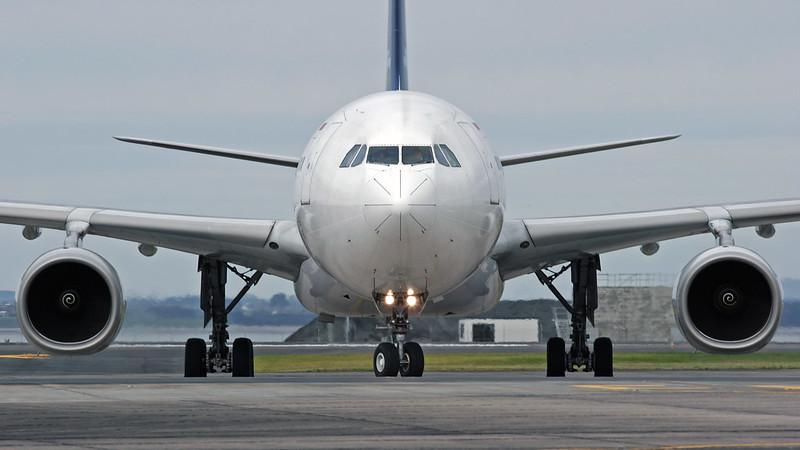
Credit: Rolls-Royce
LONDON—Rolls-Royce CEO Warren East said he is confident about a rapid recovery of the air transport sector after the pandemic led the company to a £4 billion ($5.6 billion) loss in 2020. The loss, which contrast with a £583 million profit in 2019, reflects the dramatic fall in average engine flying...
Subscription Required
This content requires a subscription to one of the Aviation Week Intelligence Network (AWIN) bundles.
Schedule a demo today to find out how you can access this content and similar content related to your area of the global aviation industry.
Already an AWIN subscriber? Login
Did you know? Aviation Week has won top honors multiple times in the Jesse H. Neal National Business Journalism Awards, the business-to-business media equivalent of the Pulitzer Prizes.

